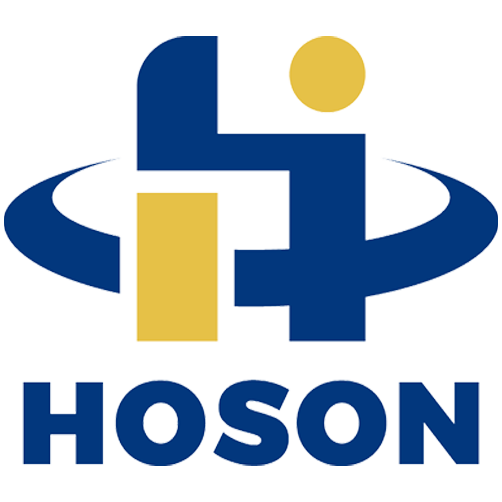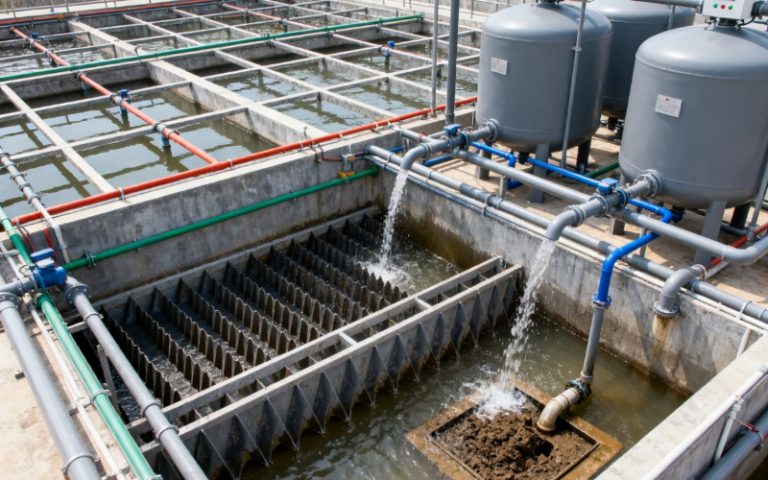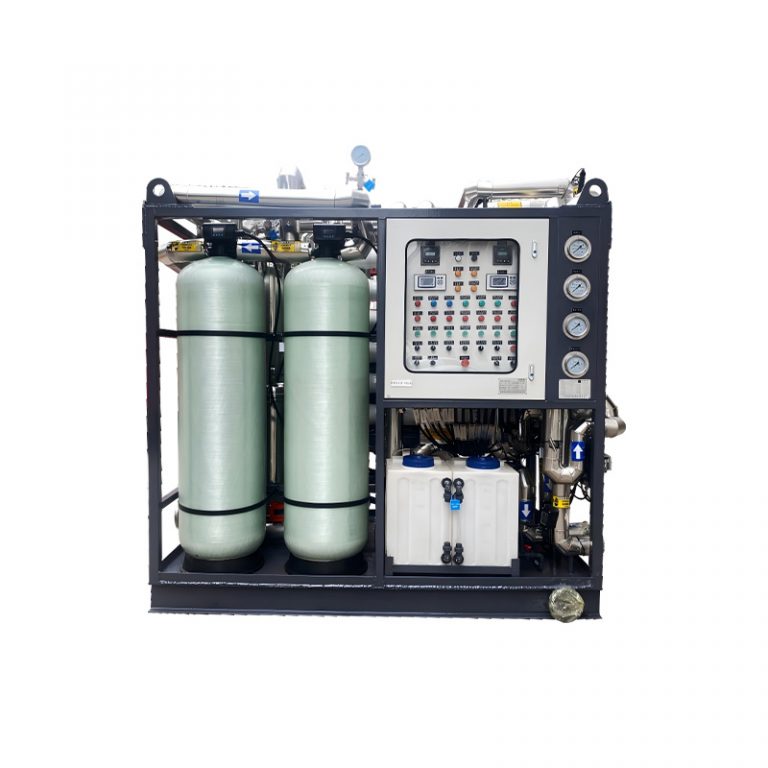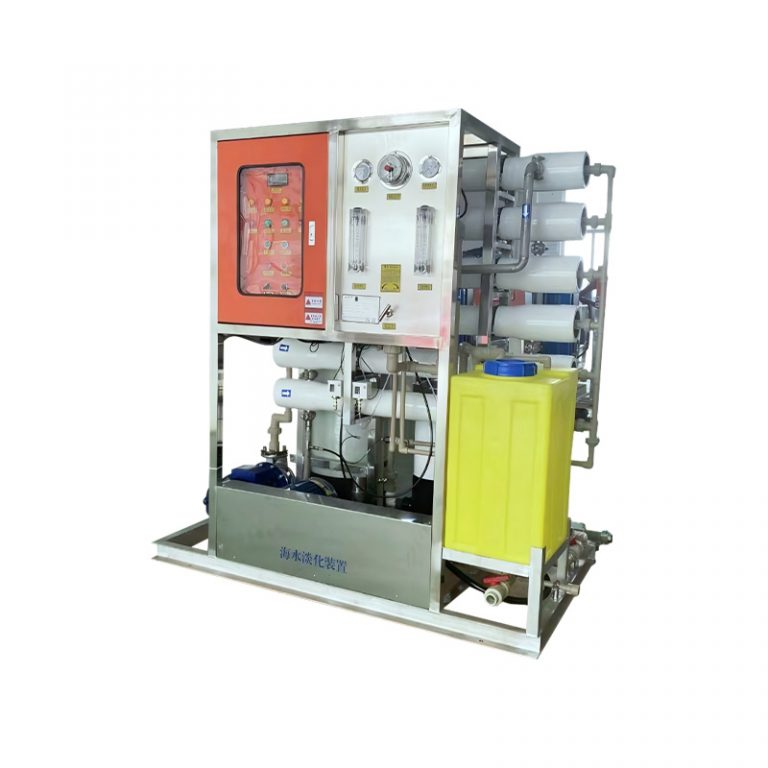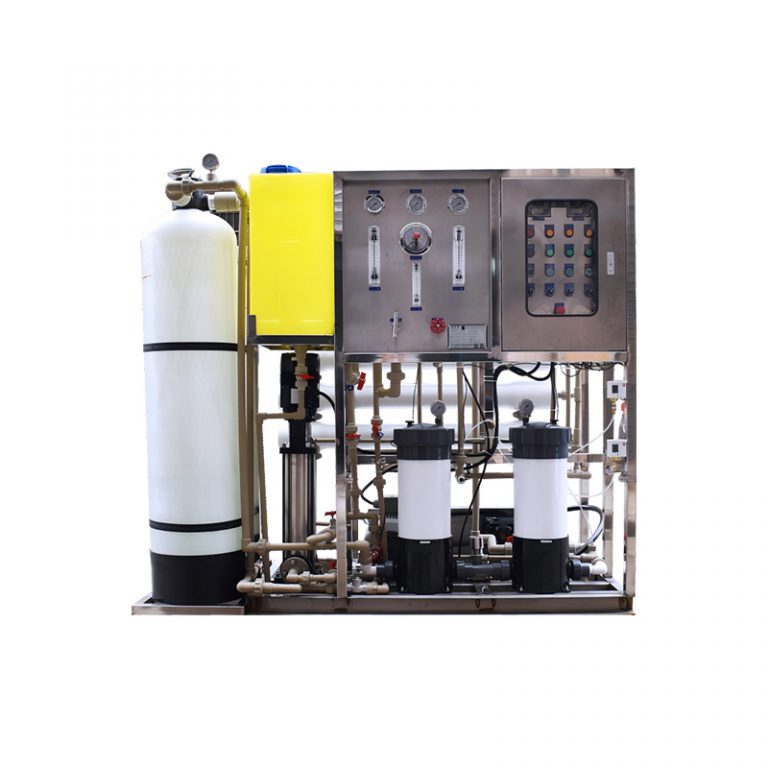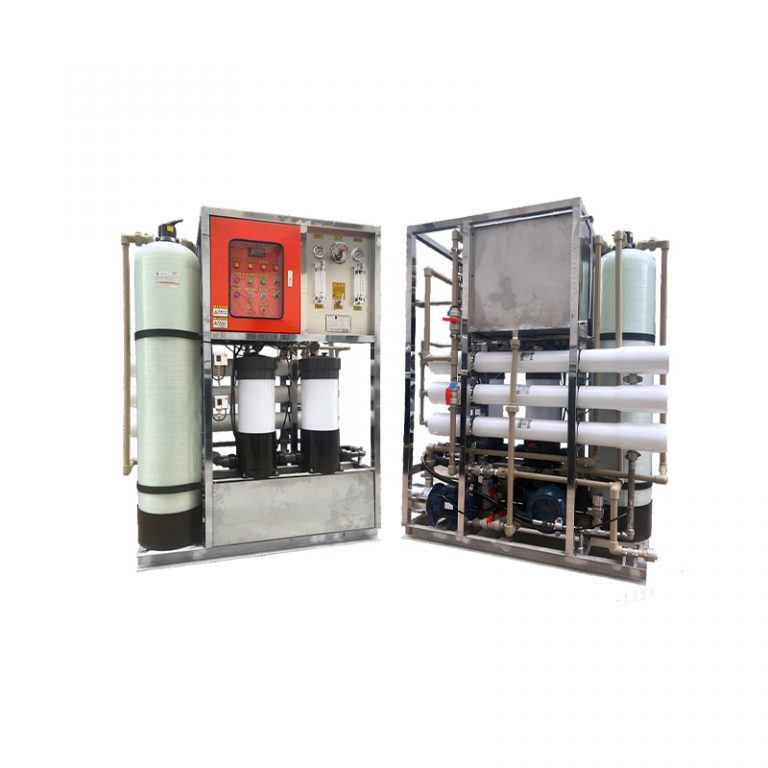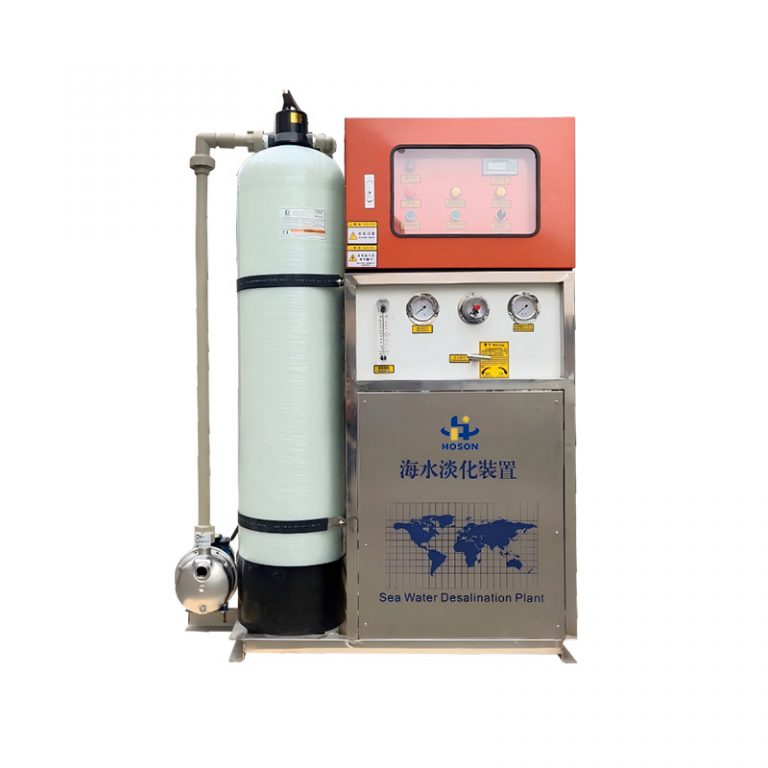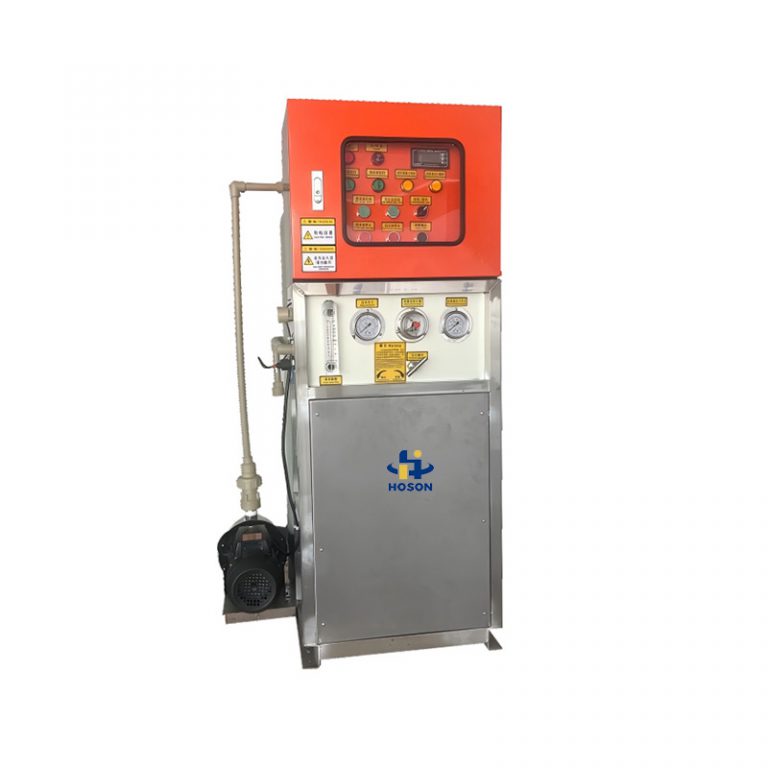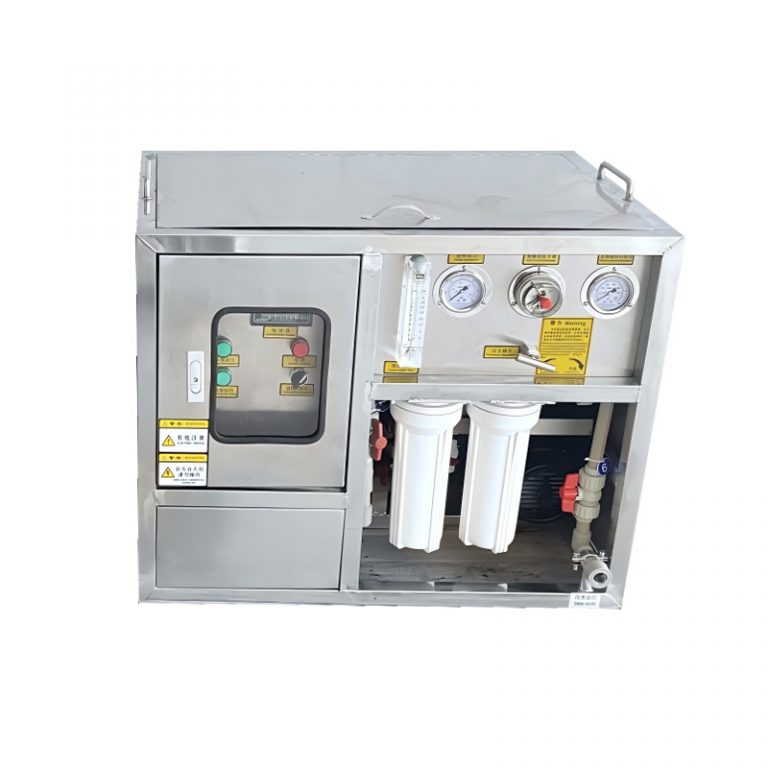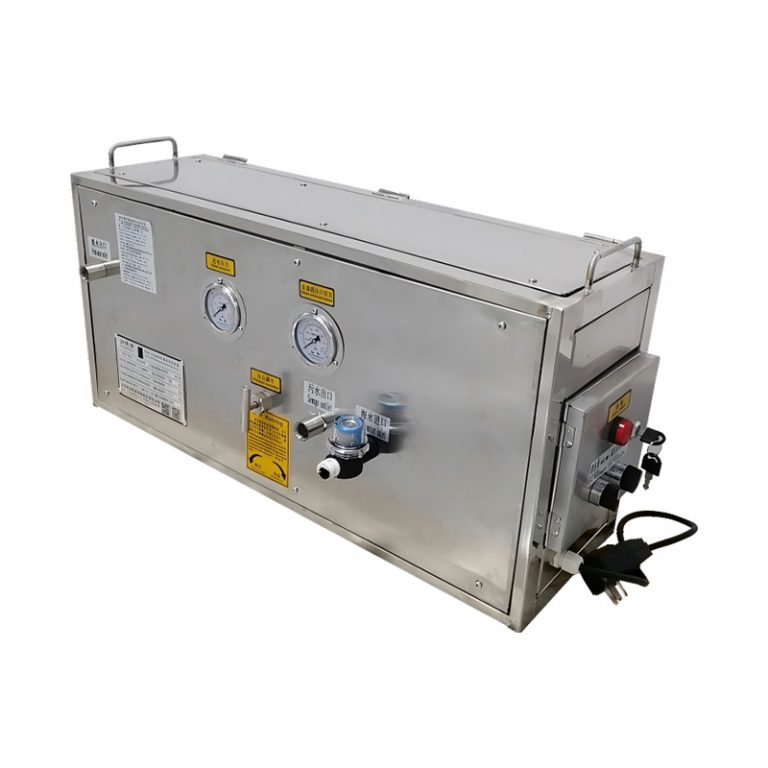In the development of my country’s county-level water supply security system, water quality stability, construction economics, and convenient operation and maintenance remain core requirements. To address the challenges of fluctuating raw water quality, high chemical consumption, and high operation and maintenance costs of traditional water supply facilities, one county introduced ultrafiltration membrane water purification technology. Through standardized construction and intelligent management, the system has achieved an upgrade from “qualified water supply” to “high-quality water supply.” The following details the impressive performance of this technology in practical applications, focusing on its six core advantages.
1. Energy conservation and environmental protection: Low energy consumption mode meets the needs of green development
This ultrafiltration membrane water purification system was designed with a focus on “low-carbon operation” from the outset. By optimizing the water flow dynamics, it achieves low energy consumption throughout the entire process. This is reflected in the following:
Efficient and energy-saving water inlet: A high-head water inlet design utilizes the natural potential energy of the water flow to complete the water inlet process, eliminating the need for additional power equipment and significantly reducing operating energy consumption;
Low-carbon and environmentally friendly water production: Using either gravity flow or siphon water production modes, the entire process is independent of electricity, further reducing energy consumption and carbon emissions, in line with the county’s green ecological development philosophy.
2. Low drug consumption: double guarantee of drinking water safety and taste
Traditional water purification processes require large amounts of disinfectants to control microbial contamination, which can easily produce disinfection byproducts and cause unpleasant odors in drinking water. This system uses membrane separation technology to reduce chemical consumption at the source, achieving the dual benefits of “reducing chemical use and improving quality”:
Pre-interception reduces disinfection pressure: The ultrafiltration membrane effectively intercepts turbidity, bacteria, viruses, and other microorganisms in the raw water, significantly reducing disinfectant usage in subsequent disinfection steps, reducing chemical consumption by over 30% compared to traditional processes.
Reducing byproducts improves the drinking water experience: By reducing disinfectant usage, the generation of disinfection byproducts (such as residual chlorine derivatives) is significantly reduced, while also eliminating odors and resulting in a fresh, sweet water experience that meets residents’ demand for high-quality drinking water.
3. Good water quality: fully meet the highest national hygiene standards
The system’s core goal is to ensure high-quality water. Through the precise filtration performance of the ultrafiltration membrane, it achieves deep removal of microorganisms and contaminants. Specific performance indicators are as follows:
Core indicators far exceed national standards: The water quality fully meets the “Standard for Drinking Water Quality” (GB5749-2022). The turbidity of the ultrafiltration membrane-generated water is consistently controlled at less than 0.1 NTU, far below the national standard limit.
Microbial removal rates are industry-leading: The removal rate for pathogens such as bacteria and viruses reaches 61g (over 99.9999%), and the removal rate for Giardia, Cryptosporidium, and algae reaches 100%, fundamentally eliminating drinking water safety risks caused by microbial contamination.
